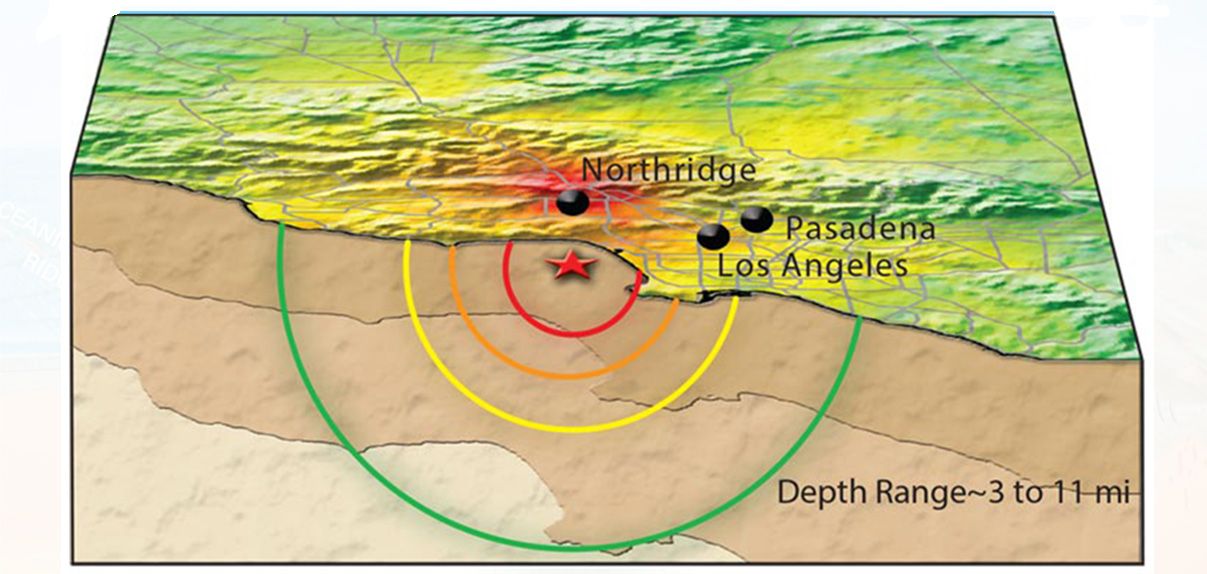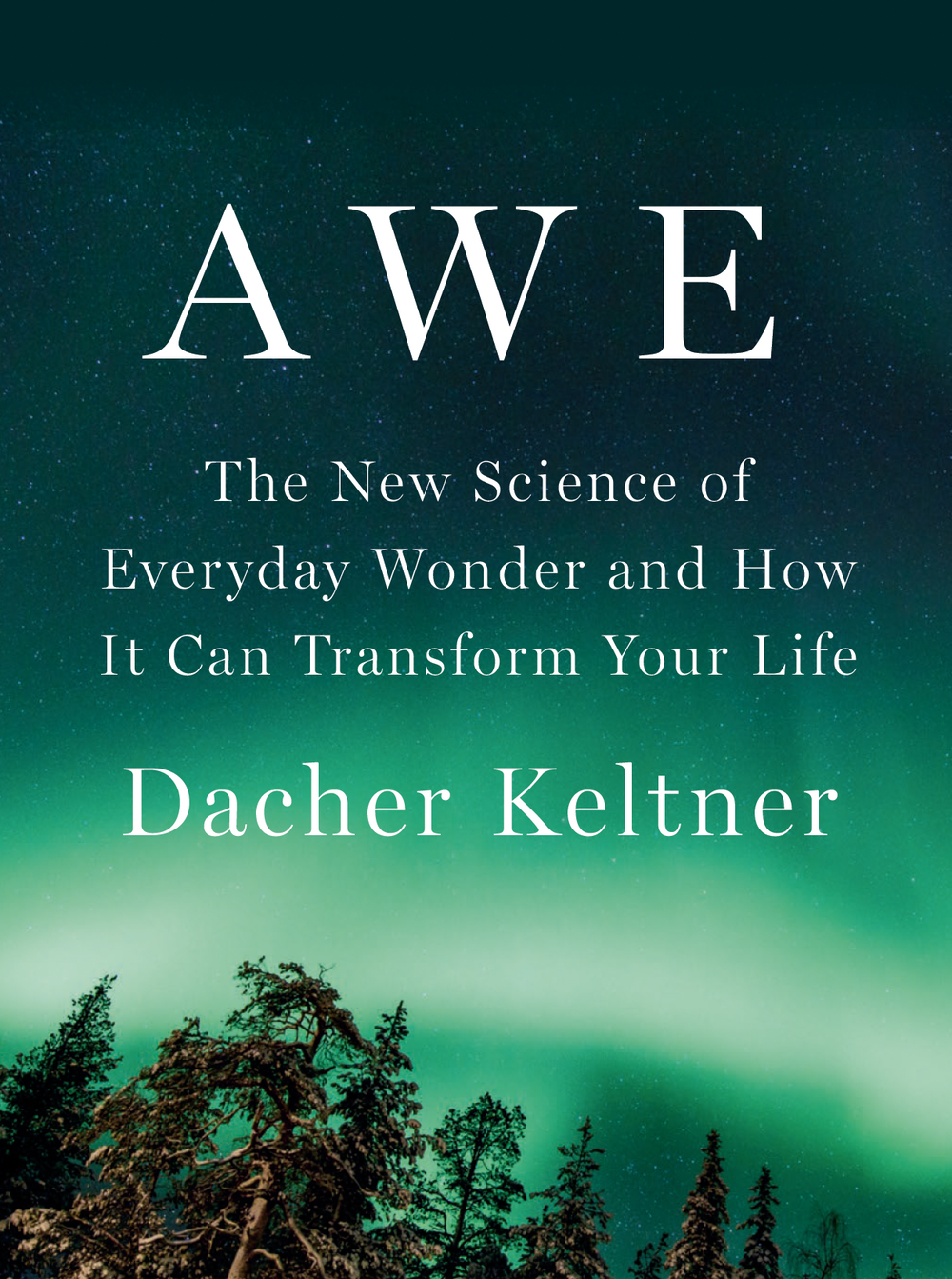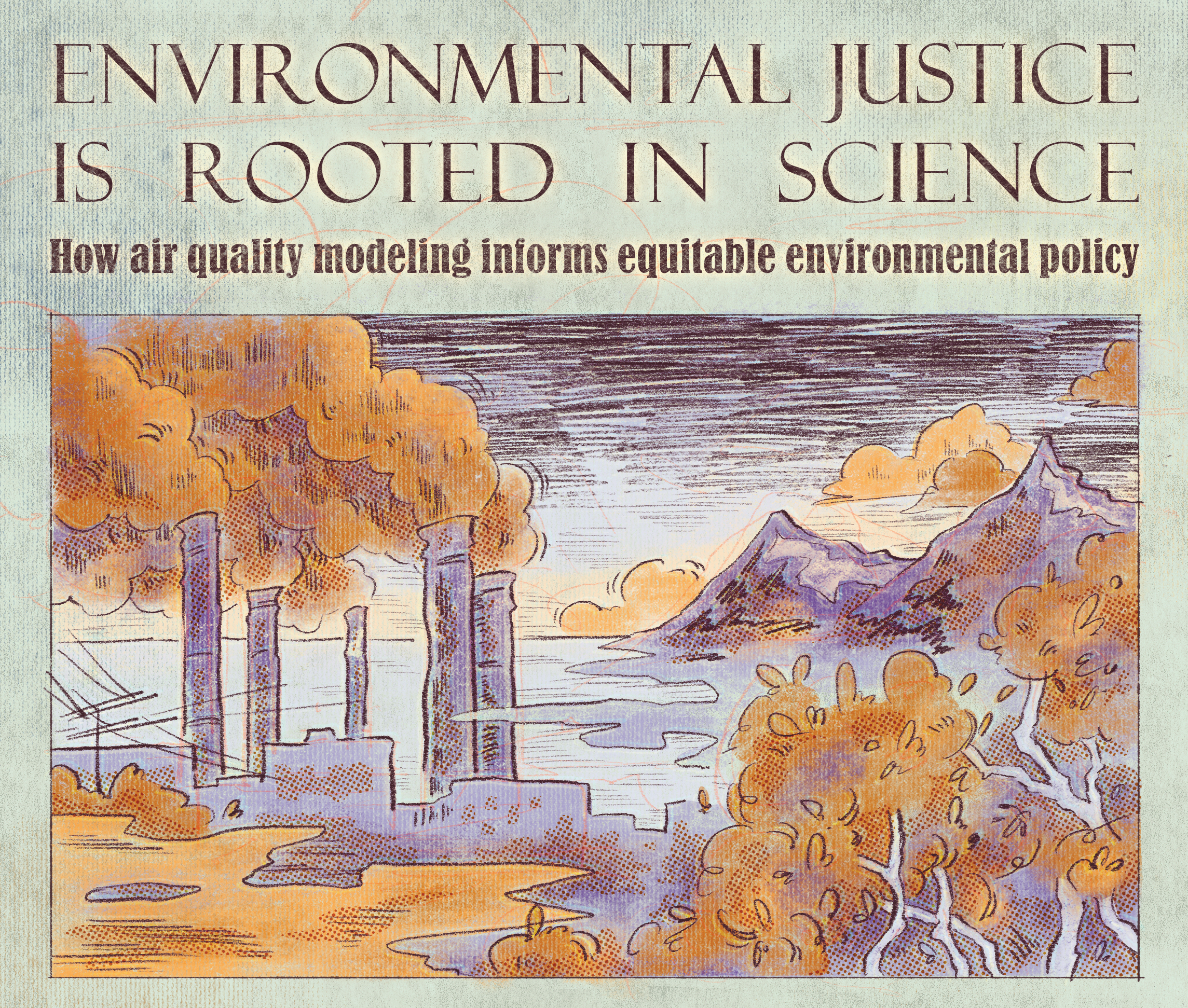 *in the Department of Integrative Biology. His lab is working to dissect the mechanisms of host-parasite coevolution, especially in herbivorous insects and their host plants. He shares with us stories about becoming a biologist, how he developed his nontraditional model system, and the importance of basic science and science communication.
*in the Department of Integrative Biology. His lab is working to dissect the mechanisms of host-parasite coevolution, especially in herbivorous insects and their host plants. He shares with us stories about becoming a biologist, how he developed his nontraditional model system, and the importance of basic science and science communication.
KV: How did your background prepare you to become a biologist?
NKW: When I was 10 years old, I moved to a tiny, rural community in northern Minnesota. Some houses were dispersed half a mile apart from each other. My home was on the edge of a huge peat bog left over from the last glacial retreat. It was a beautiful country to grow up in, full of boreal forest and farmland and lots of lakes and streams. My father was very outdoors-oriented—we fished in the nearby streams and lakes, and hunted deer and grouse. He was an excellent naturalist. He would teach us not only about the things we hunted but the environment we were in. He’d collect frogs with us and we would rear tadpoles together. He was very much in tune with nature. I was alone a lot, so that forced me to engage with the environment as a way of spending time while alone in the woods. I never really encountered people while walking around.
After graduating high school, I became a naturalist at a resort in northern Minnesota. This involved taking people on outdoor recreational activities like canoeing trips and nature walks. I did this most summers during college, which helped me learn to communicate with people without a background in biology. Honestly I didn’t really have formal training in biology, except for high school courses, which were not very extensive.
KV: So it seems that you had a background as a naturalist, but no formal training in biology. When did you decide to pursue biology as a career?
NKW: I took an entomology course during my undergraduate at St. John’s University that I really enjoyed. I asked the professor, Jim Poff, if I could do a project under him and he agreed. After giving a presentation on my research about wasps, I decided maybe I could try to get a graduate degree and become an entomologist. My interests shifted as time went on but that’s how I got started.
KV: What was your PhD research project about?
NKW: During my first year as a PhD student I started working with Patty Parker, who’d been studying Galapagos hawks in Ecuador. Her research intersected with my own background in that these hawks had parasites, feather lice. Researchers were having a hard time sorting out the genealogy of hawks in that population. But I thought that the lice might be able to provide more insight because they are evolving more rapidly—they have one generation a month, while hawks don’t breed until they are four years old. These lice are transmitted from mother to offspring, like an evolutionary heirloom. I got this work up and running and then received a dissertation improvement grant that helped me finish this work.
KV: You did your postdoctoral research at Harvard with two scientists studying plant-pathogen interactions, Naomi Pierce and Fred Ausubel. How did you bridge that with your PhD research?
NKW: I wanted to be able to do molecular, functional work; by that I mean I wanted to move away from reconstructing species or population histories. I was originally drawn to the Galapagos hawks because they had a community of parasites, and I felt the same way about Arabidopsis thaliana [a model plant system whose common name is mouse-ear crest]—they had a community of herbivorous parasites living on and within them. I worked on a project involving Arabidopsis, Pseudomonas syringae [a bacterial plant pathogen], and Trichoplusia ni [a caterpillar commonly known as cabbage looper]. When you infect Arabidopsis with Pseudomonas they become more susceptible to predation by herbivores, but the mechanisms behind this are still somewhat unclear, although we made progress. That’s the link between these two projects—there was a host interacting with multiple parasite species.
KV: One of the focal organisms in your lab is Scaptomyza flava, a leaf-mining fly. How did you find Scaptomyza? What motivated you to start studying it?
[caption id="attachment\_14090" align="alignright" width="340"] Scaptomyza flava adult. Credit: Aaron Pomerantz*
Scaptomyza flava adult. Credit: Aaron Pomerantz*
NKW: Naomi and Fred suggested that the field needed a model herbivore for this system and that I might be the person to develop one. [A model organism is a species easy to maintain and breed in a laboratory with particular experimental advantages that help scientists understand biological processes]. There were agromyzids [leaf miner flies], but they were not closely related enough to Drosophila melanogaster [a fruit fly, and a model organism widely used for biological research] to be especially appealing. I found this old publication from 1902 mentioning a fly, Scaptomyza flava, which is in the same family as fruit flies and attacks Arabidopsis specifically. There was also another paper by my colleague at Duke University, Thomas Mitchell-Olds, where he suggested using Scaptomyza as a model herbivore of Arabidopsis.
I started looking at the plants at the park where I walked my dogs in Belmont, Massachusetts. I saw leaf mines in winter cress, which I brought back into the lab. From them emerged flies—I knew they weren’t agromyzids, but nobody at the USDA could identify them. I put the flies in with Arabidopsis and waited with bated breath—lo and behold they formed feeding punctures [small wounds in the plants in which the flies lay eggs]! Eventually they made mines, adults emerged, and I started basic experiments to see what defensive pathways in Arabidopsis confer resistance to these parasites.
KV: What kind of work does your lab do currently?
NKW: Broadly speaking, my lab is working on coevolutionary genetics of host and parasite interactions, mostly between Scaptomyza and their host plants, including Arabidopsis. The main projects in my lab aim to understand the origins of parasitism in these flies. Scaptomyza flava are descended from ancestors that used to feed on rotting plant material. We are interested in the genetic basis of the adaptations that facilitated this transition, from feeding on microbes to living inside something that is trying to kill them, across various levels of biological organization and systems within the animals: chemosensory, physiological, and genomic.
KV: Your research is very fundamental. What do you think is the importance of basic research in the advancement of science, especially in a technologically and medically driven research environment?
NKW: I think human health is a very important area of research, but I also believe there are insights gained by studying something for its own sake. I think the fact that we don’t know the answer is a big part of why we do what we do. When Robert Wilson, who was on the team to build the first particle accelerator, was pressed by Congress to explain how its construction might help US security, he said: “[It has no value except in that] it makes our country worth defending.” Science is the signature of a great society, just as is having artists and sculptors. I believe you should link your work to as many branches of inquiry as you can, including human medicine, which my research does; we are supported through a National Institutes of Health investigator grant for most of the research in my lab. I think it’s important to try to do both, especially if we are federally funded . . . those are taxpayer dollars, and they are precious. It’s a major privilege to be able to do this work.
KV: How have your own experiences motivated you to bring science to a wider audience and why is it so important?
NKW: Public outreach is important to our research for many reasons. I’m an educator, and inherently interested in sharing knowledge and learning along with students at all levels. I think it is our professional duty to expand our reach, especially to communities that may be disadvantaged but interested in learning more. I had the opportunity to participate in a PBS television series called “Genius by Stephen Hawking” and served as an expert for the episode “What are we?” on evolutionary biology. This was a wonderful way to engage with the public on a topic that I’m passionate about. It also allowed me to learn more about an area of evolutionary biology that I should have known more about, but didn’t, which is the origin of life and early experiments on the synthesis of amino acids in an early Earth atmosphere. So, by engaging with the public, I was able to increase my own knowledge, which helps in the classroom especially, and hopefully, inspire some future scientists and reach out to laypeople who are simply interested in science.
This article is part of the Fall 2016 issue.



